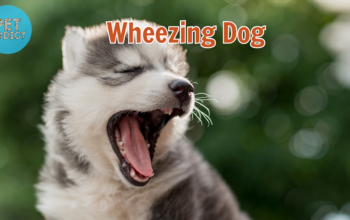Dog breeds have been our faithful companions for thousands of years, and through careful breeding and selection, a remarkable diversity of breeds has emerged. While many people are familiar with common breeds, there are some hidden gems – the rarest dog breeds. These unique and extraordinary breeds possess fascinating histories, and distinct characteristics, and often play significant cultural roles in their countries of origin. In this article, we will take a journey into the world of Rarest Dog Breeds, exploring their defining features, historical backgrounds, and the challenges they face in today’s modern world.
PetAddict.net – The best place where you can find everything about your pet!
What Makes a Dog Breed Rare?
The rarity of a dog breed is determined by several factors, including its population size and geographic distribution. Some breeds are widespread with a large number of individuals, making them relatively common. However, others are much rarer, with only a limited number of breed members worldwide. Factors such as geographic isolation, specific working roles, and historical significance all contribute to a breed’s rarity.
Unveiling the 10 Rarest Dog Breeds
Bergamasco Shepherd
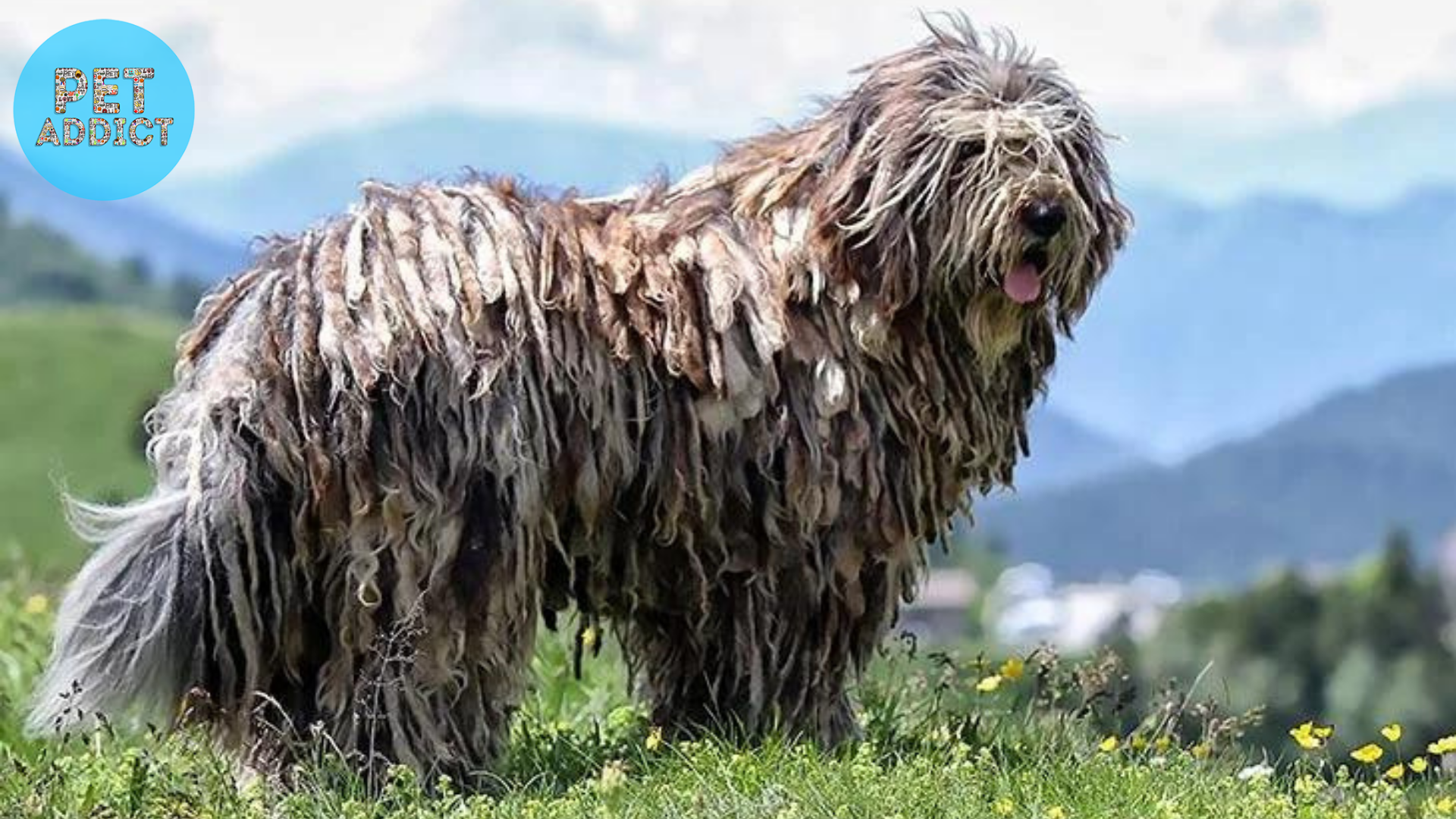
Originating from the Italian Alps, the Bergamasco Shepherd is a distinctive herding breed known for its unique coat. Its fur forms “flocks” or mats, which provide insulation and protection from the harsh mountain climate. This breed has a rich history as a reliable guardian of flocks in the rugged Alpine terrain.
Mudi
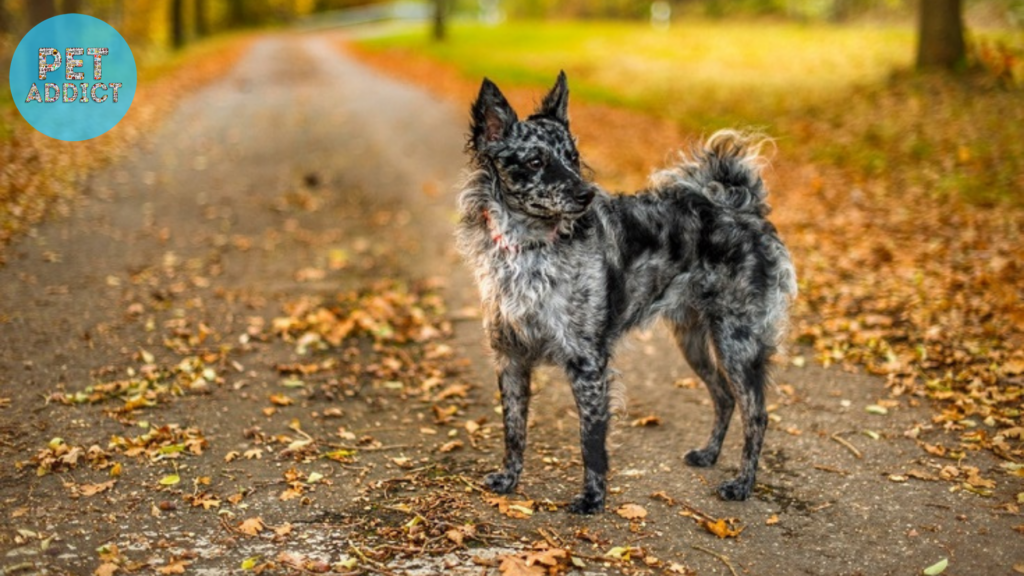
Hailing from Hungary, the Mudi is an agile and intelligent herding breed. Renowned for its versatility, the Mudi excels in herding, guarding, and even as a companion dog. Its keen intelligence and high energy level make it a great choice for active individuals.
Lagotto Romagnolo
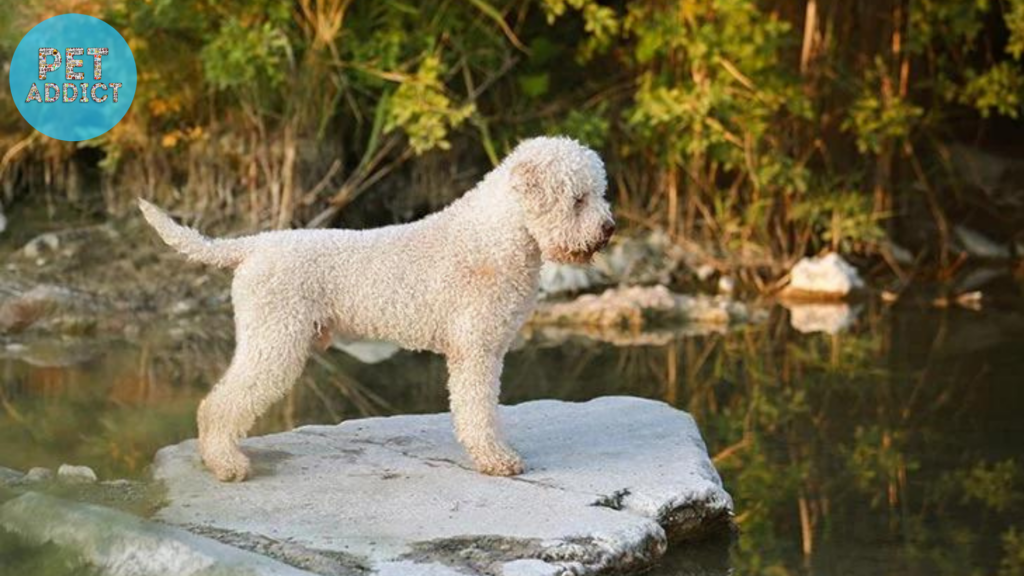
The Lagotto Romagnolo hails from the Romagna region of Italy and is known for its exceptional truffle-hunting skills. This breed has a distinctive curly coat that is water-resistant, making it well-suited for retrieving truffles from wet environments.
Otterhound
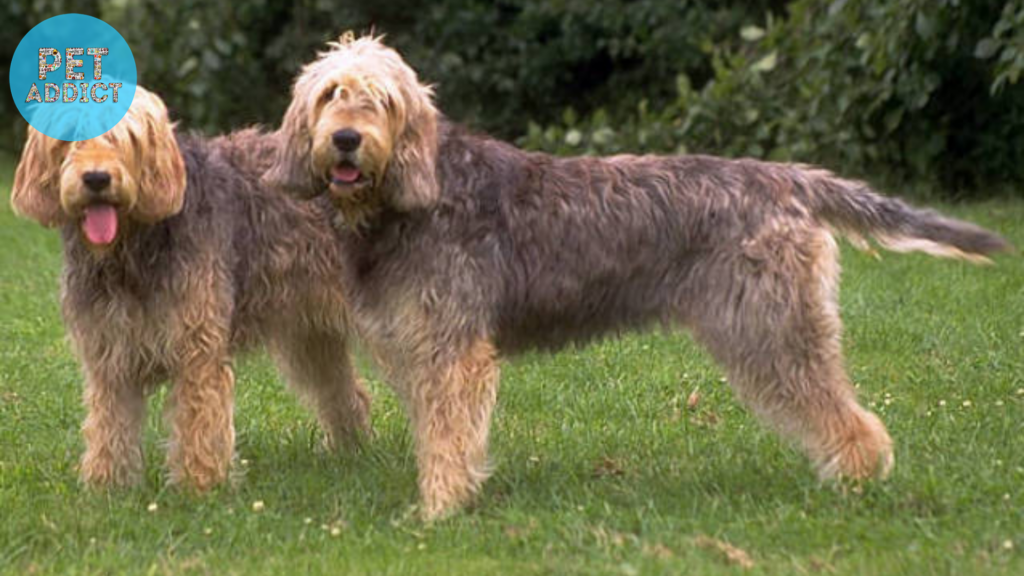
As the name suggests, the Otterhound was historically bred to hunt otters in England. This large and rare breed is known for its excellent scenting abilities and friendly demeanor. Despite its rarity, the Otterhound is cherished by those who appreciate its unique hunting heritage.
Thai Ridgeback
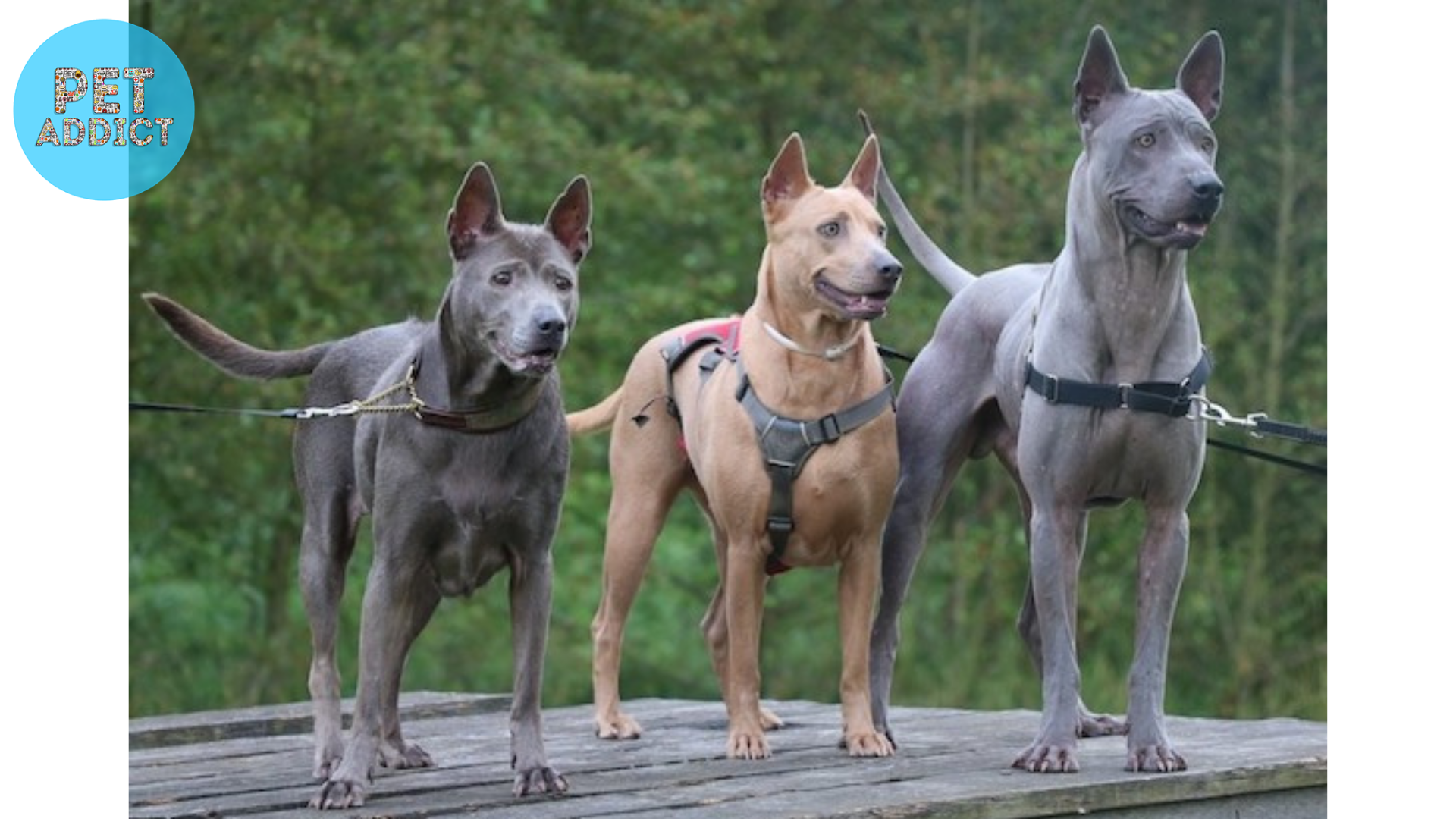
Originating in Thailand, the Thai Ridgeback is a rare breed known for its loyalty and protective instincts. One of its most distinctive features is the ridge of hair running down its back in the opposite direction of the rest of its coat. This breed was traditionally used for hunting and guarding.
Azawakh
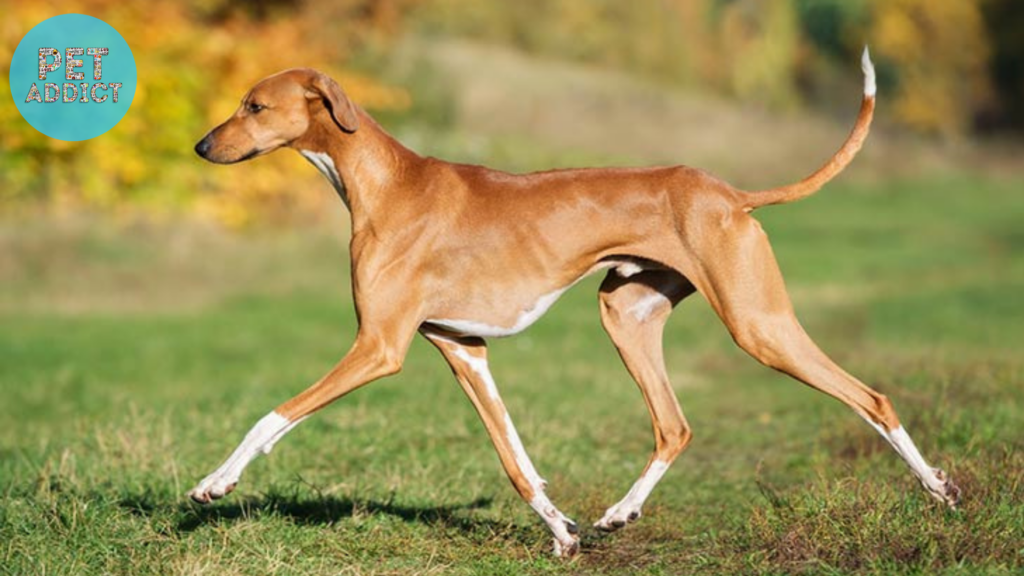
The Azawakh is an elegant and slender sighthound originating from West Africa, particularly the Sahel region. Known for its exceptional speed and agility, the Azawakh has a deep bond with its family and is fiercely protective.
Catalburun
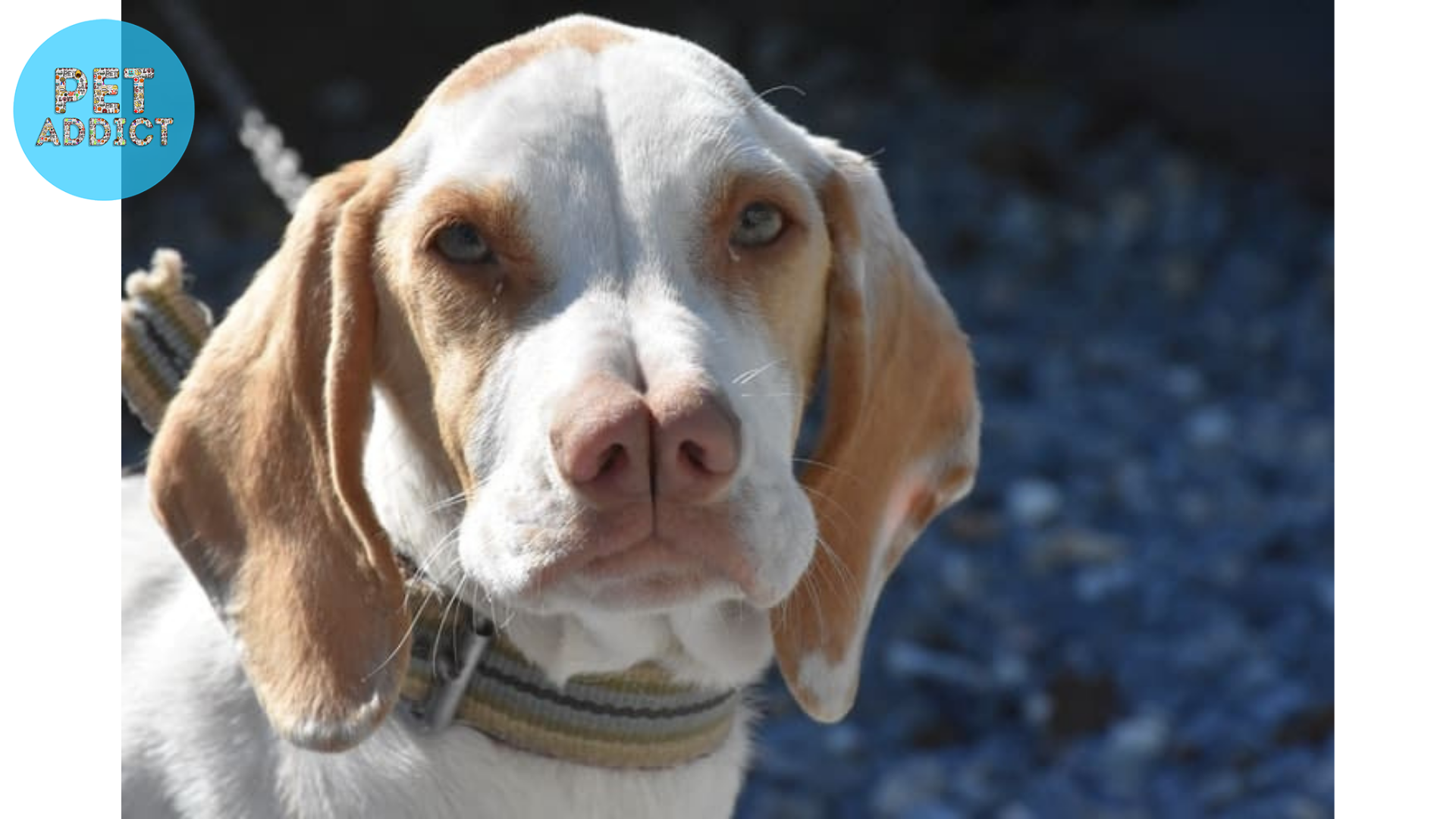
Also known as the Turkish Pointer, the Catalburun stands out for its distinctive split nose, a rare genetic trait. Originating in Turkey, this breed is an excellent bird dog with a keen hunting instinct. Its unique nose sets it apart from other pointer breeds.
Norwegian Lundehund
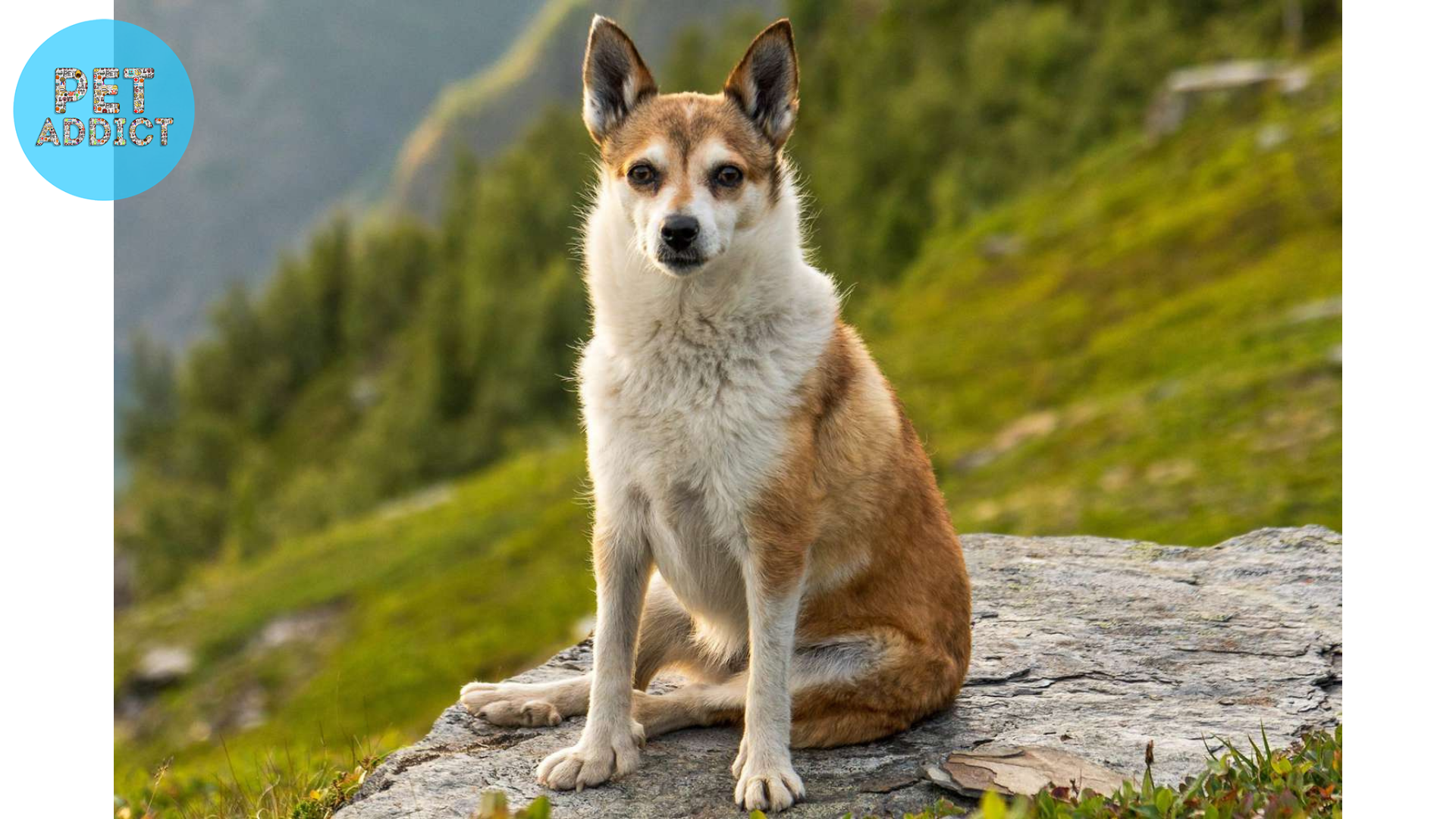
The Norwegian Lundehund was originally developed to hunt puffins along the Norwegian coast. This rare breed has several physical adaptations, including extra toes and flexible joints, which allowed it to navigate cliffs and crevices with ease.
Canaan Dog
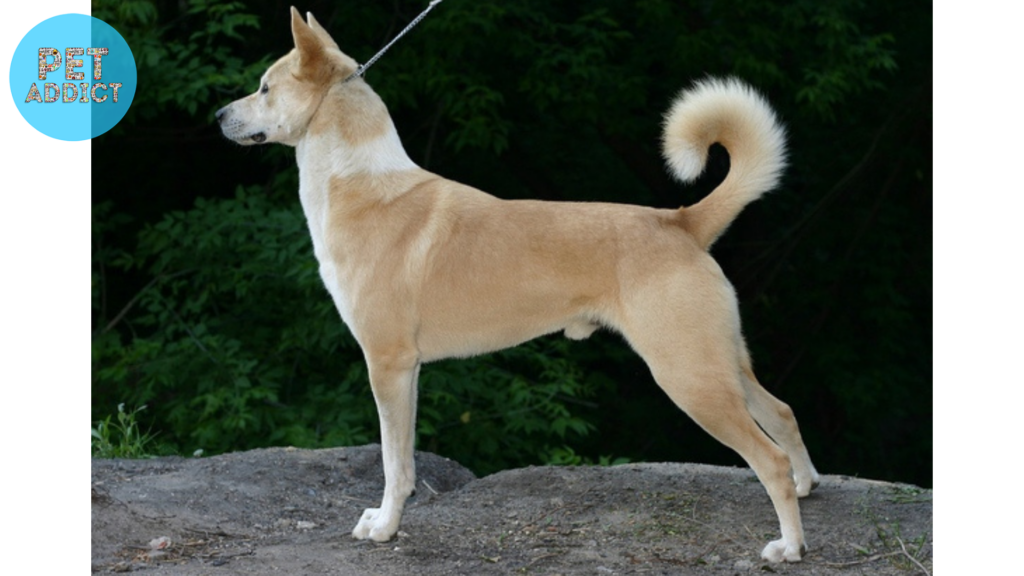
The Canaan Dog has a rich history in Israel, where it was historically used as a herding and guard dog. Today, this breed is appreciated for its resilience and loyalty as a loving companion.
Korean Jindo
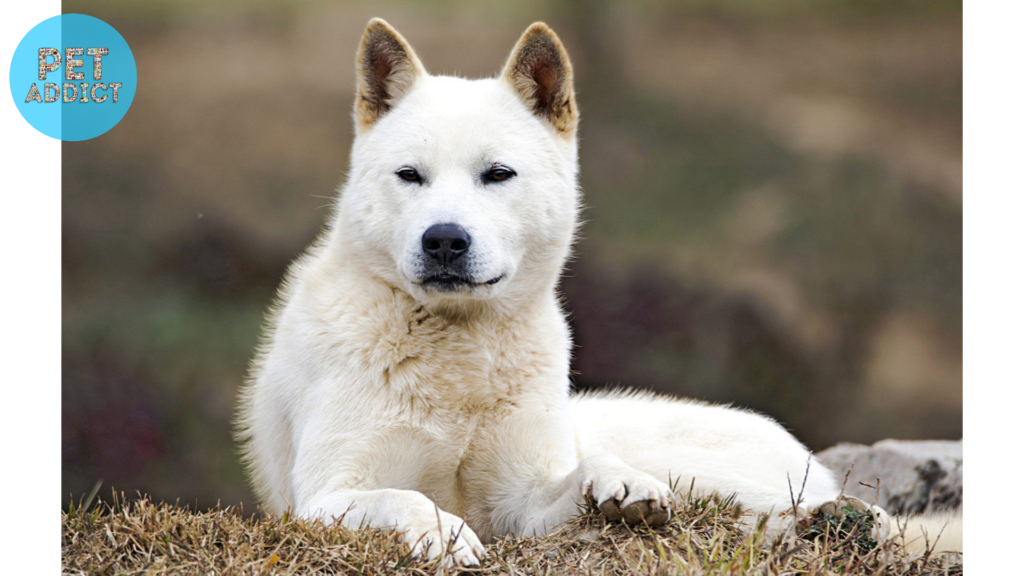
The Korean Jindo is a beloved national treasure in South Korea, known for its loyalty, courage, and intelligence. Originally used for hunting and guarding, this breed has a strong sense of loyalty to its family.
The Challenges of Rare Dog Breeds
Despite their unique qualities and historical significance, rare dog breeds face several challenges:
- Genetic Health Concerns: With a small population size, rare breeds are at risk of genetic disorders due to a limited gene pool. Maintaining the overall health and vitality of these breeds requires responsible breeding practices and genetic testing.
- Recognition and Popularity: Some rare breeds may not be officially recognized by major kennel clubs, which can hinder their preservation efforts. Lack of popularity also poses challenges for breed conservation.
Celebrating the Diversity of Canine Heritage
While rare dog breeds face challenges, their value lies in preserving cultural and historical heritage. These breeds offer a glimpse into the past, representing the unique roles they played in the lives of people from different regions and cultures. By celebrating the diversity of canine heritage, we can recognize the importance of preserving these rare and extraordinary breeds for future generations to appreciate and enjoy.
Supporting Rare Dog Breeds
As responsible dog lovers, there are several ways we can support rare dog breeds:
- Adoption and Advocacy: Consider adopting a rare breed from a reputable rescue organization or breeder dedicated to preserving the breed’s integrity. Advocate for breed recognition and preservation efforts through education and awareness.
- Education and Awareness: Spread knowledge about rare breeds, their histories, and the importance of genetic diversity in maintaining healthy populations. Support local breed clubs and preservation organizations committed to rare breeds.
Conclusion
In conclusion, the world of rare dog breeds is a captivating and diverse one, filled with unique histories, exceptional traits, and cultural significance. These hidden gems of the dog world are a testament to the ingenuity and dedication of breeders and enthusiasts who have worked tirelessly to preserve them. By understanding and supporting these rare breeds, we can ensure that their legacies endure, and that the wonder of canine diversity continues to enrich our lives for generations to come.




